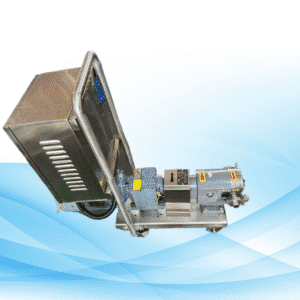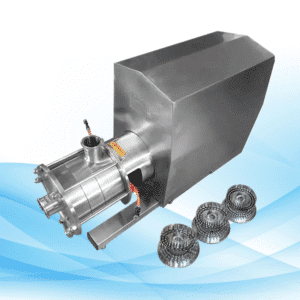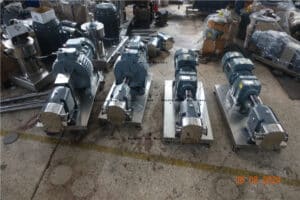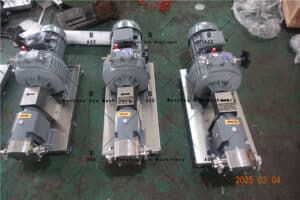Are Oil Transfer Pumps the Same as Oil Transfer Engines?
It would seem that skilled individuals invented the oil transfer pumps with the purpose of ejecting fluids from large tanks and small barrels. As a result, they are widely used in a variety of industries. This article tries to explain what an oil transfer pump is, its types, applications, selection criteria, and how it is maintained.

Different Types of Pumps Used to Transfer Oil
It is important to note that when selecting an oil transfer pump particular precautions are needed to be followed as much as it’s important for efficient transfers. Based on the application and the requirements of each transfer, the type of oil console or issued adds to these factors. However, in informal terms, some of the major types are:
1. Gear Pumps
Oil transfer pipes should be equipped with rotating gears in them, as they are effective on high pressure and eject numerous amounts of thick oils.
2. Diaphragm Pumps
These pumps make use of thin microwaves to cause a change in pressure and assist in pumping fluids that are variable and hard to transfer.
3. Electric Pumps
These pumps are useful due to their flow rates, which prolong through electricity conductivity and require little work input.
4. Air-Operated Pumps
Such pumps are simple to function, as they work through sources of compressed air with no requirements on other sources.
5. Manual Pumps
As their name suggests, these pumps require a physical effort and are therefore limited to small transfers or working in rural regions.
Applications of Oil Transfer Pumps
- Automotive Industry: Used in service stations for the transferring of engine oils and lubricants.
- Marine Sector: Helps to transfer fuel and lubricating oils in ships and vessels.
- Manufacturing: Helps in the transfer of oils that are used as components or lubricants during the production processes.
- Agriculture: These are used to transfer oils for maintenance of the machinery.
- Power Generation: This helps transfer oil for lubrication and cooling in generators and other machines.
Considerations Before Selecting an Oil Transfer Pump
Deciding about an oil transfer pump entails the examination of the following factors:
- Flow Rate Requirements: Determine the required flow rate to ensure that the pump would be able to handle the required volume effectively.
- Compatibility with Oil Type: Ensure that the pump materials are compatible with respective oil viscosity and chemical structure to not cause any damage.
- Environmental Conditions: Determine the working conditions such as temperature and pressure and select a pump which can operate in such atmosphere.
- Power Source Availability: Evaluate the power sources (electricity, compressed air) at disposal to choose an electric, air-operated, or manual pump.
- Portability and Installation: It deals with the ease of installation and the requirement of portability, taking into consideration the operational needs.
Maintenance and Safety Practices
Adequate maintenance and safety practices are essential for unhindered use of oil transfer pumps and their durability.
Regular Inspections
Make sure that the pumps are regularly inspected for wear, leaks, and proper function. Some of these issues can be easily resolved at an early stage.
Seal Integrity
Leakages should be avoided as they create a nuisance for the surrounding environment and smear the work efficiency.
Lubrication
The requirement of moving components should be lubricated sufficiently to increase durability as well as performance.
Training
On proper usage and maintenance of the pumps, provide adequate scope of training to its users.
Frequently Asked Questions
- What factors do you think are important when selecting an oil transfer pump?
Depended on the type of oil, flow rate needed, materials to be used, the environmental conditions, and the power supply. - When do you recommend that the oil transfer pumps next be serviced?
As a general rule of thumb expect routine servicing to be done according to the manufacturer’s guidelines or job intensity which largely involves inspection at regular intervals and replacement of damaged components on time. - One pump for all the oils can be a possibility?
Pumps are versatile, but due caution must be taken for the compatibility of the material with each oil grade for corrosion or degradation. - The most common signs of pump malfunction?
The common indicators which suggest ‘something is off’ include diminished flow rate, whirring sound, some form of leakages, and while in operation excessive vibration. - People who work in threats such as sand and dust, is it recommended using an electric pump?
In such environments, it would be safe to opt for the air-operated pumps or the specially made explosion-proof electric pumps. - Are there environmental factors that influence your choice of pump?
Yes, temperature and pressure conditions do have an effect on a pump’s working and claimed performance. It is hence important to note environmental temperature and pressure while selecting a particular pump to ensure pumps are not overloaded.


















